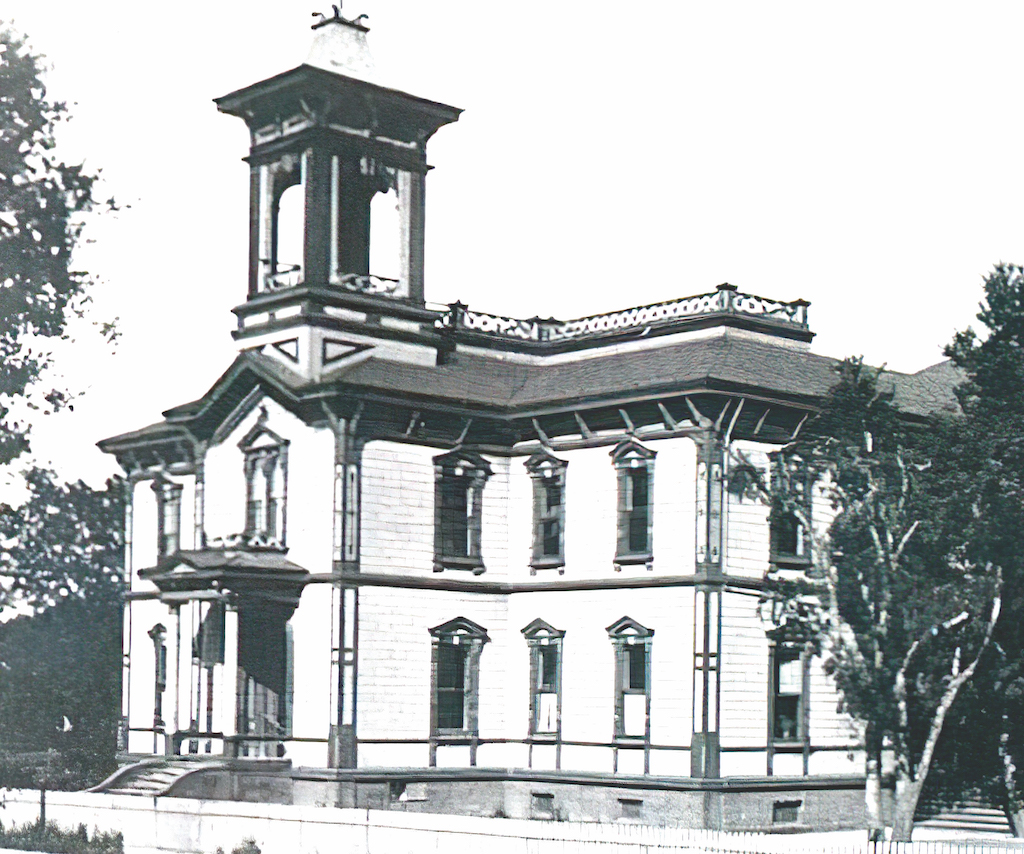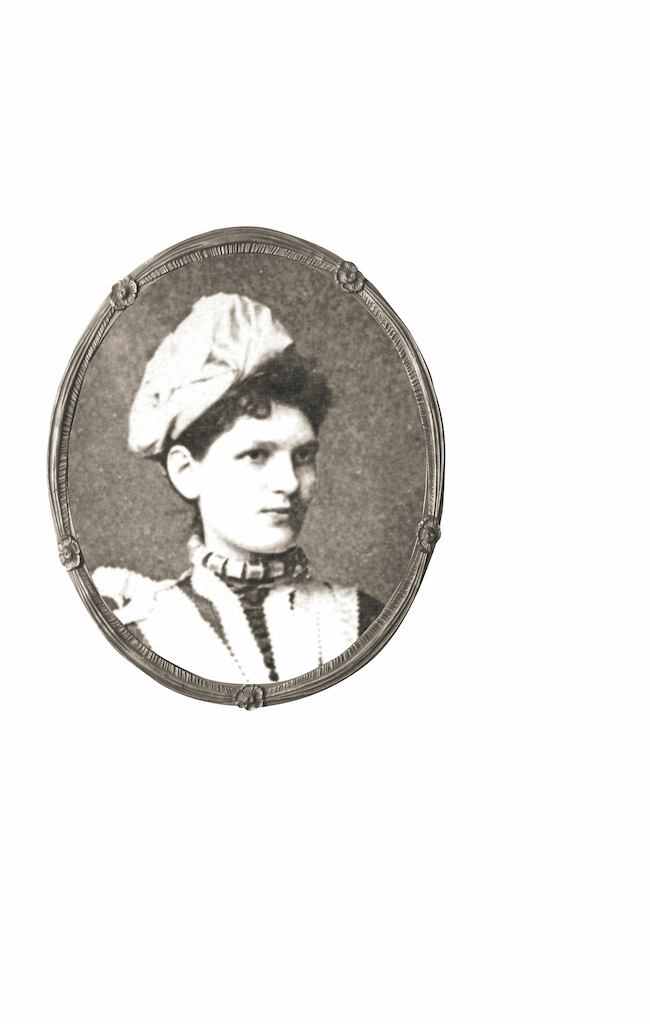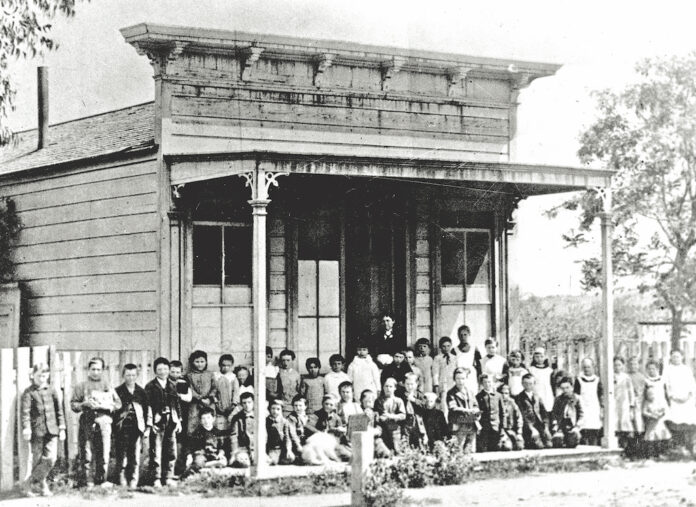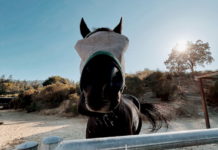As a new school year begins, let’s take a look at what a typical school day was like in our community years ago. You’ll be astonished by how much has changed!
In 1863, a one-room schoolhouse was built to accommodate 25 or more students from the small rural community that emerged around Forbes Mill. Children from age 6 to 16 were all taught together. They learned at their own pace, and the teacher was solely responsible for deciding when a student was ready to be promoted to the next grade level. School lasted until the eighth grade. There was no such thing as high school.
Teachers were paid directly by the parents and were highly respected members of the community. Female teachers or “schoolmarms” were required to remain single since it was thought that a married woman’s full-time job was taking care of her family.
The school bell rang promptly at 8am. As children entered the front door, they were expected to “mind their manners” and either bow or curtsy to the teacher. Older children arrived earlier for chores such as sweeping the floor, stacking firewood, or filling pails of water for hand washing.

(Discover LOST Gatos)
Focus was on the Three Rs: Reading, ‘Rriting (with emphasis on penmanship) and ‘Rithmetic. Learning was taken very seriously. Discipline was strict and sometimes included corporal punishment or public shaming. Instead of written exams, students were called upon to recite their answers in front of the room.
In 1875, a larger one-room schoolhouse was constructed on what was then called School Street (now University Avenue). It was expanded to two rooms in 1881 and replaced in 1887 by the Victorian-style Central School, which featured four classrooms with assigned teachers. There was also a recitation room where students would practice their elocution skills. Separate sinks were available for boys and girls, each with a linen towel, tin cup and comb chained to the faucet. There were boys and girls outhouses in back.

(Discover LOST Gatos)
It was here that 24-year-old Miss Louise Van Meter began her teaching career in 1893. Rigorous teaching practices had been relaxed considerably by then, but her enlightened learning methods still caused quite a stir. Lulu—as she was affectionally called by parents—took the unusual step of decorating her austere classroom with window boxes and colorful student artwork.
While other teachers insisted that their students work quietly at their desks, she believed that children learned by doing so she encouraged them to get out of their seats and work together. To teach them about nature, she had them care for her plants, her goldfish and a little yellow canary. She used an organ to accompany her students when they played singing games. If anyone felt sad, she let them sit on her knee on a rocking chair so she could comfort them. On cold days, she would heat some soup on the wood-burning stove.
Lulu taught first grade in Los Gatos for 35 years but her influence on elementary education extended far beyond the borders of our little town. Among her many innovations, Van Meter is credited with introducing the concept of kindergarten to the public school system. To reflect the admiration that Los Gatans held for their beloved teacher who instilled a lifelong love of learning among her students, the new Louise Van Meter Elementary School was dedicated in her honor when it opened in 1949.
Content and photos from “Discover LOST Gatos” historical walking tours by Alan Feinberg, Peggy Conaway-Bergtold and Sandy Decker. Download the free mobile app from the Apple App Store or Google Play. Contact us at di***************@***il.com.










